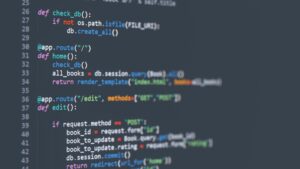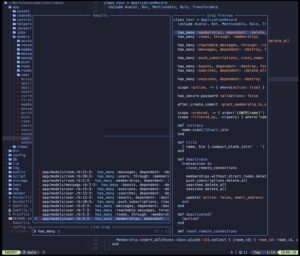
the art and technical challenges of coding for online games
Writing code for online games, particularly for mobile or web-based slot games like this one, involves a mix of advanced graphics rendering, real-time networking, security implementations, and intricate game logic. Developers need to balance between performance optimization, cross-platform compatibility, and the unique requirements of the online gambling industry, such as randomization and fairness.





